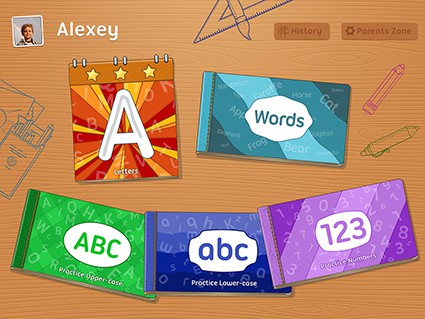


y is less than x") Īlthough there are many debug and trace methods, when in the past you used Microsoft Foundation Classes in Visual Studio 6, Microsoft made extensive use of methods similar to the Debug.Assert() and Trace.WriteLine() methods. Assert with description and more detailĭebug.Assert(x > y, " x is not greater than y", "Assertion. Listing 21.5: Assert Overloads // Assert without descriptionĭebug.Assert(a > b, "a is not greater than b") The Assert method has three overloads, as shown in Listing 21.5. The Assert() method of the Trace and Debug classes evaluates the passed condition, then if the condition is false, it pours out its diagnostics messages into the Listeners collection. The Close() method of the Trace and Debug classes performs a Flush() implicitly and then closes the Listeners.

The Flush() method of the Trace and Debug classes forces buffered data to pour to the Listeners collection immediately. The Fail() method of the Trace and Debug classes produces an error message so you can handle exceptions and errors during debugging more easily. The Indent() and UnIndent() methods of the Debug and Trace classes increase and decrease the current IndentLevel, which determines how much the output will be indented by one, respectively. WriteIf and WriteLineIf are similar to Write and WriteLine respectively, but they provide conditional tracing capabilities since they trace only if the first parameter evaluates to true. WriteLine puts a carriage return and line feed (CRLF) on the end of the output, but Write does not. The output methods of the Trace and Debug classes are Write(), WriteIf(), WriteLine(), and WriteLineIf(). Tracing may prove more useful in finding these problems.Īlthough Debug and Trace have identical members, you should use Debug during development and Trace for diagnosing an application after deployment. For example, some types of problems arise only when the application is under an intense load, or the problems may occur randomly or intermittently. Even if you debugged things in your testing phase, you may find it difficult to find some of the fuzzy problems, particularly in distributed n-tier environments. But unlike Debug, Trace is meant for monitoring the application's well-being in the field. Both the Debug and Trace classes contain the exact same methods. The checked build versions of commercial applications are larger in size and slower in performance than the release build versions, because they perform verbose and extensive logging to the computer disk to help you find the culprits or bugs in support issues. Microsoft tends to deliver both versions of its applications, release and checked (or the debug) build. It is generally recommended that you define TRACE in your code, since at a minimum, end users and administrators may turn on lightweight diagnostic tracing out in the field when they encounter a problem related to the application. NET by choosing Properties from the Project menu. If you neglect to define either of these directives, Trace or Debug calls will be ignored during compilation. You must define the DEBUG and TRACE compiler directives to activate debugging and tracing respectively. Table 21.3 describes the members of the Debug and Trace classes. The Debug class is intended for debug builds, and the Trace class is used for release builds. The Debug class helps us debug code, and the Trace class helps us trace the execution of code. NET Framework provides are the Debug and Trace classes.


 0 kommentar(er)
0 kommentar(er)
